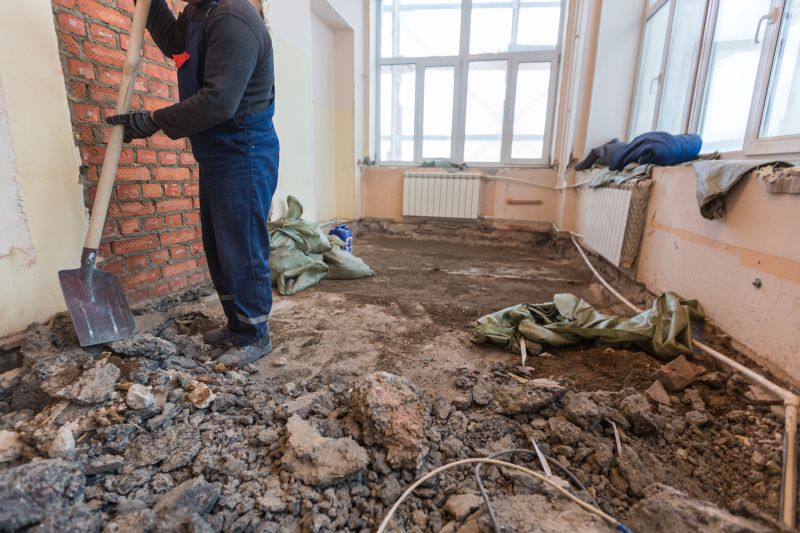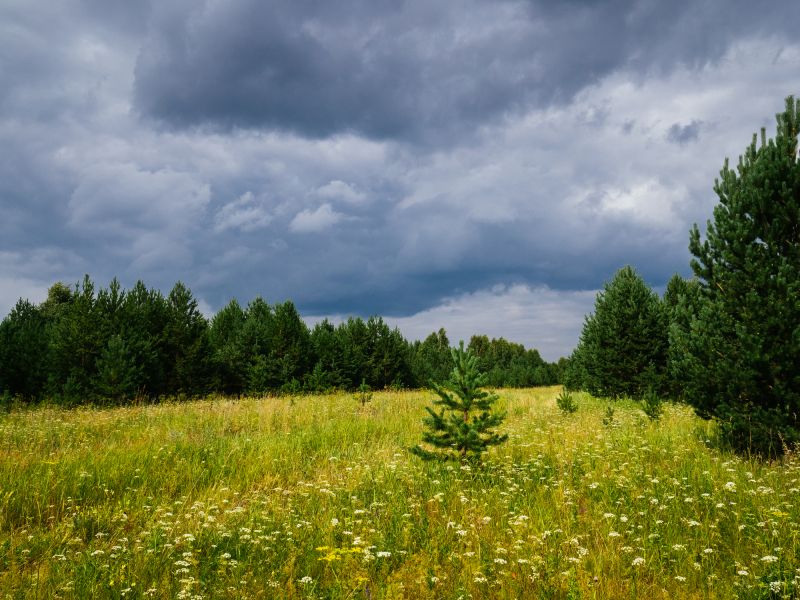Optimal Timing for Pathway Clearings
Pathway clearings are most effective when performed during specific times of the year. The optimal period depends on environmental conditions, plant growth cycles, and weather patterns. Proper timing ensures the longevity and effectiveness of the clearing process.
Ideal for removing overgrowth after winter dormancy, promoting healthy regrowth and preventing invasive species from establishing.
Suitable for ongoing upkeep, especially when vegetation is actively growing, making it easier to manage and shape pathways.
Prepares pathways for winter by clearing debris and reducing the risk of damage from snow and ice accumulation.
Generally less effective due to frozen ground and dormant vegetation, but can be useful in specific climates for snow removal and ice management.

Ways to make Pathway Clearings work in tight or awkward layouts.

Popular materials for Pathway Clearings and why they hold up over time.

Simple add-ons that improve Pathway Clearings without blowing the budget.

High-end options that actually feel worth it for Pathway Clearings.

Finishes and colors that play nicely with Pathway Clearings.

Little measurements that prevent headaches on Pathway Clearings day.
Pathway clearings involve removing excess vegetation, debris, and obstructions to maintain safe and accessible routes. Proper timing enhances the effectiveness of clearing efforts, reduces the need for frequent maintenance, and preserves the integrity of pathways. Seasonal considerations are crucial to adapt to changing environmental conditions and ensure pathways remain functional year-round.
Statistics indicate that pathways cleared during optimal seasons experience fewer repairs and less vegetation regrowth, leading to cost savings over time. For example, spring and fall clearings are associated with reduced invasive species encroachment and less soil erosion. Timing also influences the safety and usability of pathways, especially in areas prone to heavy snowfall or rain.

A 60-second routine that keeps Pathway Clearings looking new.

A frequent mistake in Pathway Clearings and how to dodge it.

Small tweaks to make Pathway Clearings safer and easier to use.

Lower-waste or water-saving choices for Pathway Clearings.

The short, realistic tool list for quality Pathway Clearings.

Rough timing from prep to clean-up for Pathway Clearings.

Quick checks and paperwork to keep after Pathway Clearings.

Examples that show the impact a good Pathway Clearings can make.
Interested parties are encouraged to contact for more information on scheduling pathway clearings. Proper timing and maintenance practices can extend pathway lifespan and improve safety for all users.
